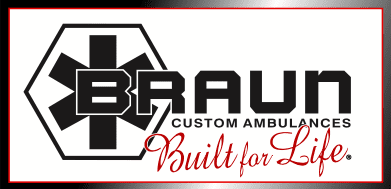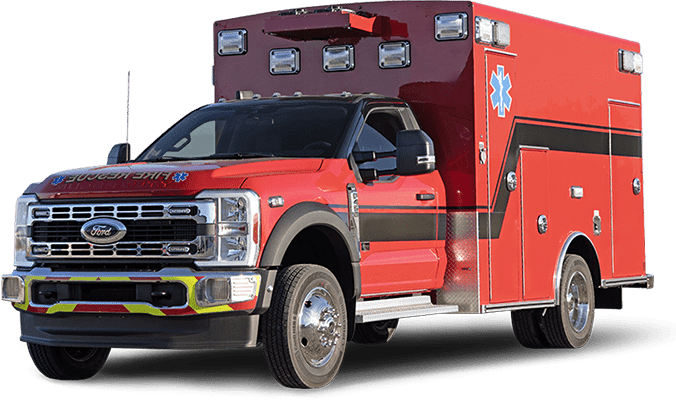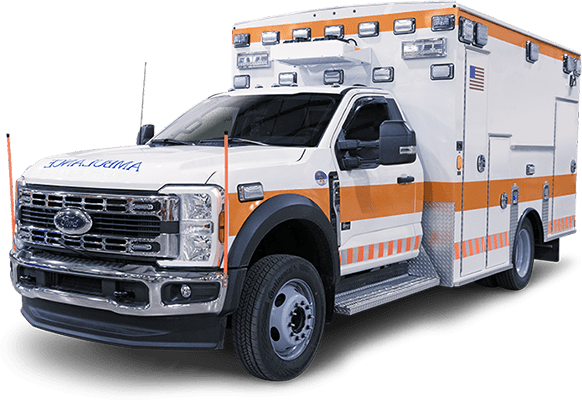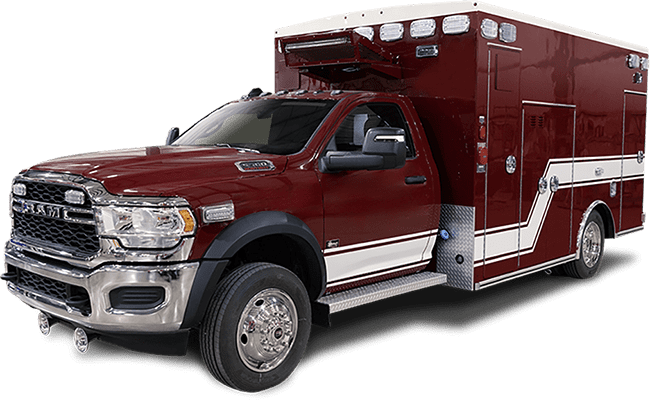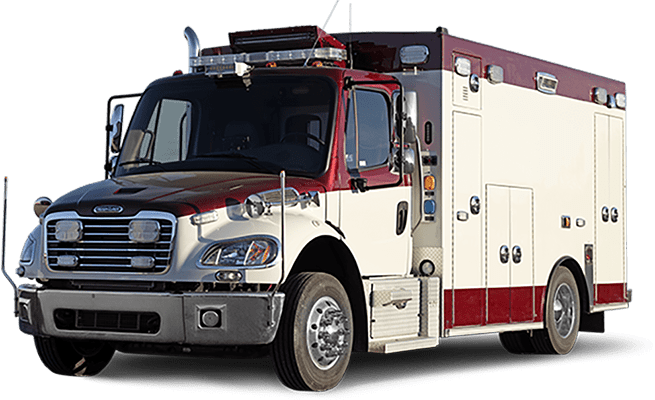IMPACT AIRBAG SYSTEM
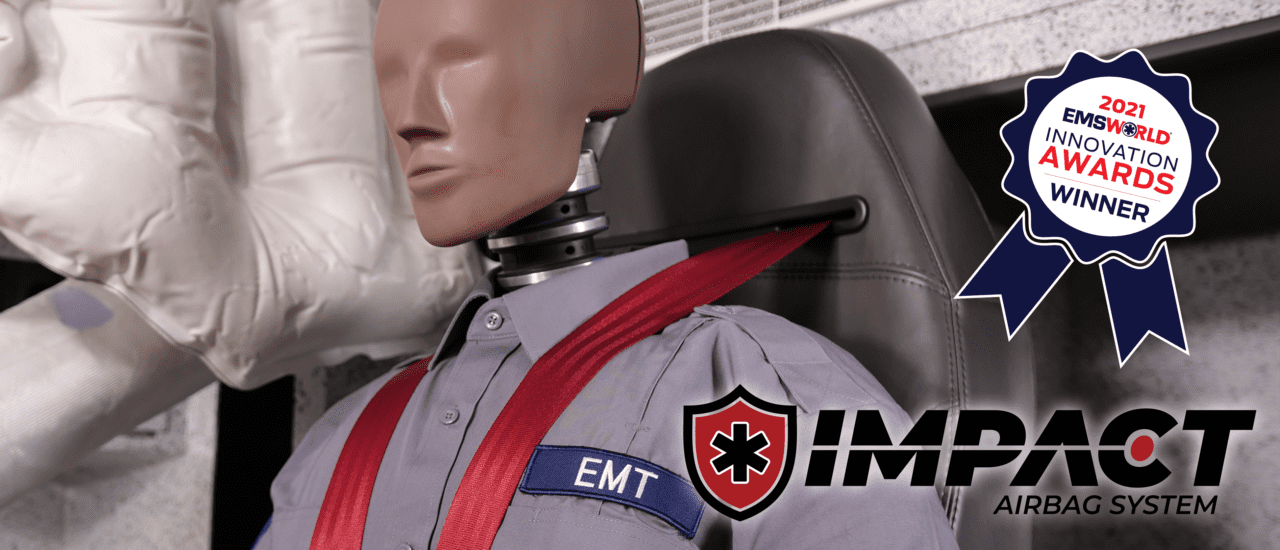
DELIVERING EMS SAFETY WITH AWARD-WINNING IMPACT
Braun Ambulances upholds its formidable legacy of safety with the IMPACT Airbag System featuring RollTek™ technology. Short for Interior Module Protection and Collision Technology, this system represents a critical EMS safety feature, meticulously crafted to enhance occupant protection in every seating position within the module. The IMPACT Airbag System is a testament to our unwavering commitment to excellence, underscored by its recognition as an EMS World Innovation Awards Winner. Built with precision, resilience, and durability, this system embodies Braun’s relentless pursuit of delivering products that stand the test of time.
HOW DOES THE IMPACT AIRBAG SYSTEM WORK?
Available on the Express Plus, Liberty, Super Chief, and Chief XL models, the IMPACT Airbag System incorporates three critical components designed with precision and resilience in mind:
- Strategically Placed Airbags: These airbags utilize IMMI’s RollTek™ technology and are positioned to provide maximum protection.
- Advanced Seating Restraints: Enhanced safety at CPR, head, fore, and aft bench seats.
- Progressive Resistance Padding: High-density foam strategically placed at head strike points to absorb impact energy.
Ensuring provider safety extends beyond vehicle features; it demands reevaluating long-standing habits and attitudes, such as the importance of staying belted during transport. Listen to this insightful podcast from EMS World to join the conversation about enhancing scene safety.
The IMPACT Airbag System is available on the following MODELS:
RIGOROUS TESTING FOR UNMATCHED SAFTEY
Incorporating IMMI’s advanced RollTek™ technology, our strategically positioned airbags deploy during a side impact rollover collision. The system accurately measures the vehicle’s angle and rolling speed, ensuring timely airbag deployment to shield occupants. These airbags absorb impact energy and create a barrier against solid surfaces. They offer protection at every seated location within the module, positioned near the attendant seat, CPR seat, and squad bench.
These airbags work in tandem with energy-absorbing padding at key head strike points. We’ve utilized a multi-density foam pad at the CPR seat position and a high-energy absorption single-density foam in the action area. We rigorously tested numerous material combinations with high-tech equipment to identify the optimal solution, such as cannon fires, reverse-firing servo sleds, and instrumented crash test dummies.
The results are impressive. These materials reduce Head Injury Criteria (HIC) score values by over half. Given that head trauma is the most common non-fatal injury in rollover accidents, enhancing head protection is crucial. This focus on safety engineering minimizes injuries and significantly increases the chances of survivable impacts. At Braun, we build ambulances designed to endure, protect, and save lives—crafted for now, built for life.
THE SAFEST WAY TO RIDE IN AN AMBULANCE IS BELTED INTO A SEAT.
While the IMPACT Airbag System represents significant advancements in safety, the safest way to ride in an ambulance is still being belted into a seat. Existing seating restraint systems in Braun ambulances already meet stringent industry requirements for frontal, side, and rear impacts. These include 4-point seat belts with one-click, single buckles on attendant seats, and advanced restraints available for CPR, head, fore, and aft bench seats. Braun seat backs are also crafted from multiple-density foam for increased energy absorption.
Customers are encouraged to collaborate with their local Braun ambulance dealer to customize the optimal seating solutions tailored to their needs.
At Braun, we don’t just set the standard in EMS safety—we redefine it. Our IMPACT Airbag System, with its award-winning RollTek™ technology, is a shining example of our dedication to protecting those who protect others. Each feature, from strategically placed airbags and advanced seating restraints to high-density foam padding, is engineered with meticulous precision to ensure maximum safety and durability. When you choose Braun, you choose unwavering reliability, rugged dependability, and a commitment to excellence that stands the test of time.
